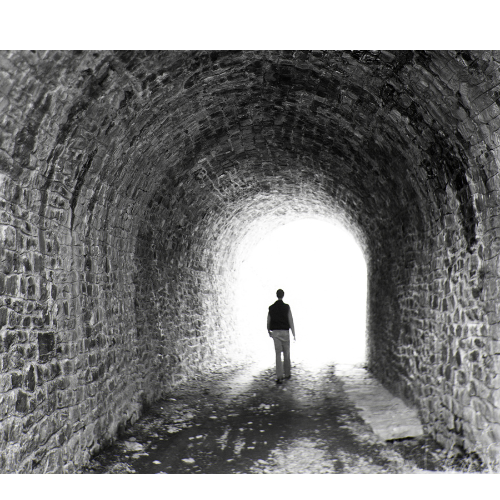Benjamin Andrews
A Dutch study published in The Lancet, a weekly peer-reviewed general medical journal and one of the oldest of its kind and the world’s highest-impact academic journal, reported on an investigation into the phenomenon called Near Death Experience (NDE). All patients examined were supposedly clinically dead. When resuscitated, only 18% recounted an NDE. According to the paper, NDEs were mostly experienced by people under 60 years of age. The patients with already some memory loss reported fewer NDE experiences.
The cause of NDE is still not established. Cultural influences are obvious. NDE experiences followed closely the cultural and religious environments where the patients came from. Expectations also played a role.
Out Of Body (OBE) experiences, floating up and looking down, were common. Neuroscientific evidence tentatively concludes that OBEs happen in relation to NDE cases and, for example, in sleep paralysis, which can occur in individuals, during REM sleep.
In research, it has also been demonstrated that OBEs can be induced artificially by stimulating the right temporoparietal junction, which gets info from a) the thalamus, which updates consciousness, sleep, and alertness; and from b) the limbic system, which regulates emotion, behavior, motivation, the senses, and long-term memory. Thus no matter how real the experience feels, it seems to be explainable in neuroscientific terms.
Another factor is the apparent reunion with the deceased, which is influenced by cultural expectations such as believing about loved ones in the afterlife ready to greet them. Alzheimer’s and Parkinson’s patients are known to have hallucinations involving ghosts and relatives in a familiar home setting. These have been linked in pallidotomy lesion surgery. The vision of a tunnel with a bright light occurs when the visual field gradually fails and the brain interprets the faulty messages it is getting.
Another frequently reported phenomenon is the feeling of euphoria and spiritual experience and dissociation, having one’s attention and emotions detached from the environment. This can also be generated with the use of recreational drugs such as ketamine, which acts upon N-methyl-D-aspartate receptors. Dopamine and opioids are also known to trigger euphoria after extreme and traumatic events. It has been suggested by some neuroscientists that perhaps we could administer ketamine to dying people in severe stress and anxiety to help create a feeling of euphoria and peace.
In conclusion, it is becoming clear that NDEs are a natural phenomenon and not a trip to the afterlife and back, nor can they be used as proof that an afterlife exists. However, sensational papers and books claiming that an afterlife exists will always be very popular by believers who cannot face the reality of death.


Perhaps the recurring NDE images reported by the resuscicated have been influenced by the usual experiences recounted time and again in the media.
I seem to remember I read a literature review years ago in SI that concluded that anoxia starving out the part of the brain responsible for what one might call the “sense of spatial position detection” accounts for most of the symptoms of NDE. Has that been superseded?
Incidentally, that sense and others like it are so “basic” that philosopher GEM Anscombe denied they existed!